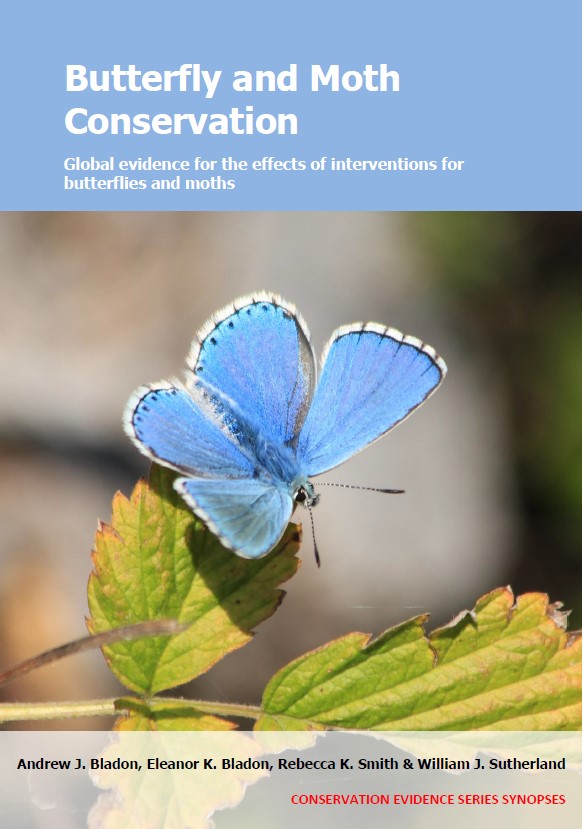Plant more than one crop per field (intercropping)
-
Overall effectiveness category Evidence not assessed
-
Number of studies: 1
View assessment score
Hide assessment score
How is the evidence assessed?
-
Effectiveness
not assessed -
Certainty
not assessed -
Harms
not assessed
Study locations
Supporting evidence from individual studies
A replicated, site comparison study in 2014 in 120 sites of agricultural land in Selangor, Malaysia (Asmah et al. 2017) found that smallholdings planted with oil palm and other crops (polyculture) did not differ in butterfly species richness, overall abundance or community composition from smallholdings planted with just oil palm (monoculture). There was no difference in the average number of butterfly species (polyculture: 4; monoculture: 3), overall number of individuals (polyculture: 29; monoculture: 36) or the composition of species between oil palm polycultures and monocultures (data presented as model results). Abundances of individual species in polycultures and monocultures were mixed and differences were not tested statistically (see paper for details). At 60 smallholdings oil palms were grown amongst other crops including bananas, coconuts, tapioca and sugar cane (polycultures), and at 60 oil palm was grown alone (monocultures). Smallholdings sampled were ≥300 m apart and mostly <5 ha in size. In January–August 2014, three fruit-baited traps were set ≥50 m apart from each other at each smallholding and operated for 12 h daily for three consecutive days, with regular checking. Butterflies caught were marked before release to avoid recounting. Each smallholding was sampled once.
Study and other actions tested
Where has this evidence come from?
List of journals searched by synopsis
All the journals searched for all synopses
This Action forms part of the Action Synopsis:
Butterfly and Moth Conservation
Butterfly and Moth Conservation - Published 2023
Butterfly and Moth Synopsis





)_2023.JPG)














